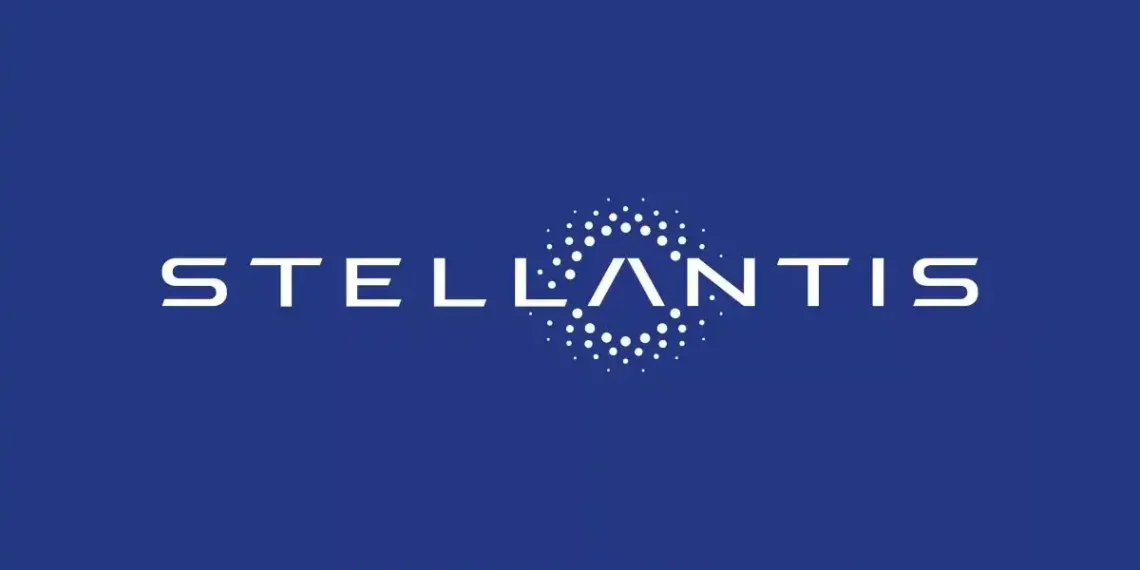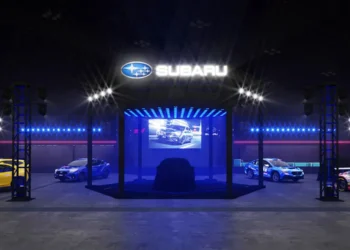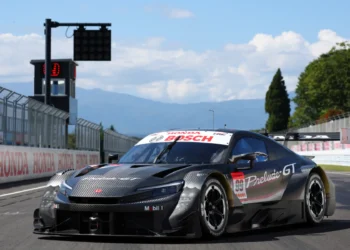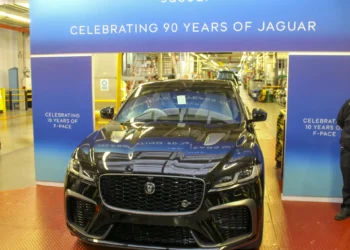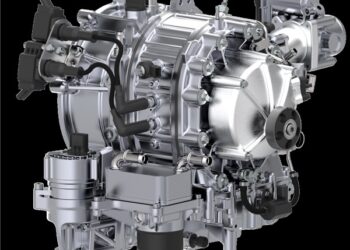In the high-stakes world of global automotive giants, Stellantis is doubling down on a strategy that many would find daunting—managing a portfolio of 14 distinct brands across multiple markets worldwide. The company, formed through the merger of Fiat Chrysler Automobiles (FCA) and PSA Group, recently reaffirmed its commitment to this vast and diverse brand lineup, quashing rumors of potential spin-offs or shutdowns.
Despite concerns about overlapping markets and the risk of internal competition cannibalizing sales, Stellantis has made it clear that all of its “powerful, iconic brands” will remain intact, at least until the end of the decade. This announcement comes in response to a video posted by Frank B. Rhodes, Jr., great-grandson of Walter P. Chrysler, who advocated for separating Dodge and Chrysler from Stellantis to revive the Chrysler Corporation as an independent entity. However, Stellantis’ latest statement has effectively put this idea to rest, confirming that these American brands will stay under its corporate umbrella.
This renewed commitment from Stellantis is somewhat surprising, given recent remarks from CEO Carlos Tavares, who hinted that unprofitable brands could face the chopping block. Tavares had stated bluntly, “If they don’t make money, we’ll shut them down. We cannot afford to have brands that do not make money.” This led to speculation that Maserati, Lancia, or DS Automobiles might be on the verge of being axed. However, the company’s latest communication suggests that all 14 brands, including those previously seen as vulnerable, will continue their journey within Stellantis.
The timing of this announcement is particularly significant, as brands like Lancia and Maserati are in the midst of revitalizing their lineups. Lancia, long relegated to the sidelines with a limited market presence, is finally rolling out new models and expanding beyond Italy. Maserati, meanwhile, is refreshing its offerings and hopes to prove its viability as a luxury brand. DS Automobiles, although struggling to justify its existence since being spun off from Citroën in 2014, remains part of Stellantis’ “premium” brand strategy alongside Alfa Romeo and Lancia.
The American side of Stellantis’ operations is also under scrutiny, with Chrysler and Dodge facing significant challenges. Chrysler, once a dominant force in the automotive world, is now down to just one model—the Pacifica minivan—following the discontinuation of the 300C sedan. Dodge, while offering more variety, is also seeing its iconic V-8 engines phased out in favor of electric and inline-six powertrains in models like the new Charger. Despite these struggles, the company seems determined to keep these brands alive, betting on their long-term potential.
Stellantis’ decision to maintain such a broad and diverse brand portfolio raises questions about the sustainability of this approach. Some industry observers wonder why the company insists on launching multiple sub-brands, which can dilute brand identity and confuse consumers. For instance, Abarth, which has been an independent entity since 2007, could easily have remained a high-performance trim under Fiat instead of standing alone as a separate brand.
However, certain brands within the Stellantis empire are deemed “too big to fail.” Alfa Romeo, for example, has a new Stelvio SUV and a next-generation Giulia sedan in the pipeline, both of which are expected to bolster the brand’s position. Jeep, Ram, Citroën, Fiat, Opel/Vauxhall, and Peugeot are also seen as solid players in their respective markets, despite facing challenges in some regions.
In addition to managing its existing brands, Stellantis is expanding its reach with a 51% stake in Leapmotor International, a joint venture aimed at bringing China-made electric vehicles to Europe and other global markets. This move underscores Stellantis’ ambition to compete on the global stage, even as it navigates the complexities of its sprawling brand portfolio.
As Stellantis continues to refine its strategy, only time will tell whether this commitment to 14 brands will pay off or become a burden too heavy to bear.

